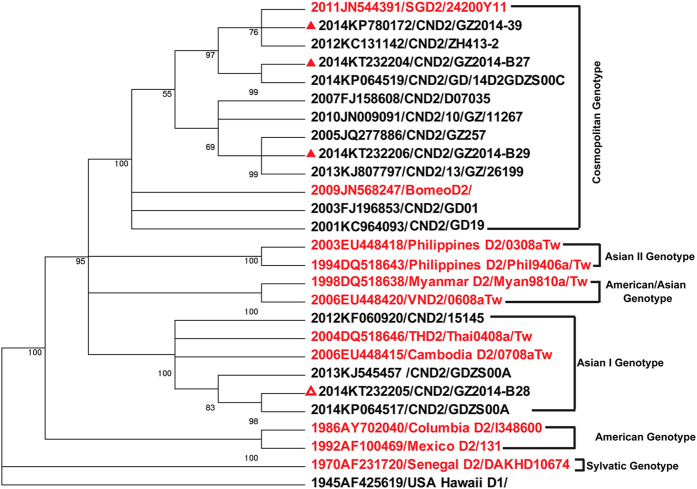Figure 4. Phylogenetic analysis of isolated DENV-2 along with the homologous strains reported in Guangdong Province.
A phylogenetic tree was constructed by the Neighbor-joining method based on the Tajima-Nei model by using MEGA5.21 software. The bootstrap value was set for 1000 repetitions. Branches corresponding to partitions reproduced in fewer than 50% of the bootstrap replicates were collapsed. The percentages of replicate trees in which the associated dengue virus isolates clustered together in the bootstrap test (1000 replicates) are shown next to the branches. The D1 strain of USA Hawaii reported in 1945 (AF425619) was used as an out-group to root the tree. The sequences in red are references for different genotypes (DENV-2 Cosmopolitan genotype: JN544391 and JN568247; Asian I Genotype: DQ518646 and EU448415; Asian II Genotype: EU448418 and DQ518643; American/Asian Genotype: DQ518638 and EU448420; American Genotype: AY702040 and AF100469). The strains of GZ2014-B27, GZ2014-B29, and GZ2014-39 isolated in this outbreak classified as the Cosmopolitan Genotype are labeled with red triangles. GZ2014-B28 was classified as Asian I Genotype, and it is labeled with a red hollow triangle.

